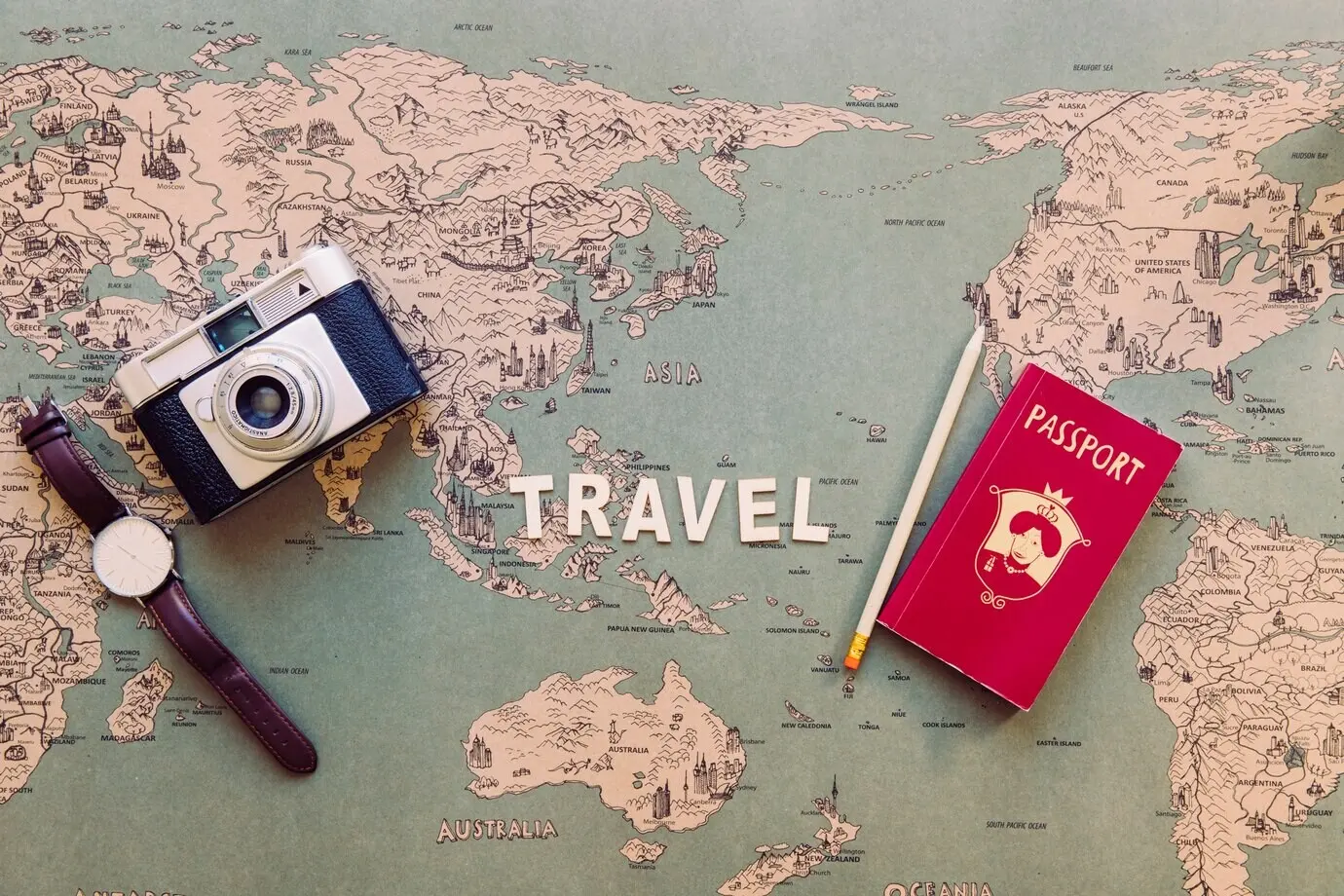Into the Sparkling North: Canada’s Winter Adventures Await
Powder Mornings in the Rockies and Beyond


Choosing Your Mountain Without Second Guessing
Start by pairing your goals with terrain profiles and snow climates: high alpine bowls, forgiving learning zones, or steep, powder-rich trees. Compare lift ticket strategies, shuttle access, and storm tracks to minimize lines and maximize flow. Consider ski schools with small-group coaching, or certified guides for sidecountry tours that match your skills. Study live cams, snow telemetry, and recent reports, then plan recovery days around hot springs, spa sessions, or village walks where conversations with locals add priceless context to every run.


Gear That Works When Mercury Plummets
Comfort in deep cold comes from systems, not single items. Build breathable layering with moisture-wicking baselayers, insulating midlayers, and a windproof shell that vents during climbs. Swap mittens for heated liners on bitter days, and protect eyes with low-light lenses that enhance contrast in snow-laden forests. Carry pocket hand warmers, spare neck gaiters, and wax suited to frigid temperatures for better glide. Pack a small thermos, skin-friendly sunscreen for reflective conditions, and a micro-repair kit that saves a perfect morning from a tiny gear failure.
Prepping Your Ride for Deep Cold
Reading Ice Like a Local
Stories From the Road, Shared With Care
Chasing Aurora With Science and Wonder
Warmth Between Journeys: Stays, Culture, and Comfort

Plans That Withstand Blizzards
Layers, Lists, and Zero-Drama Packing
Write a checklist, then honor it. Pack double baselayers, spare liners, and more socks than pride suggests. Stash microspikes, headlamp, and repair tape in consistent pockets, so muscle memory guides you in darkness. Use dry bags to segregate warm items, and keep a dedicated emergency layer that never leaves your pack. Include blister care, a compact foam sit pad, and windproof matches. Before departure, perform a five-minute full-dress rehearsal in real temperatures to catch weak links while comfort remains negotiable.
Navigation and Communication When Signals Fade
Redundancy defeats uncertainty. Download detailed maps with contour lines for offline use, carry a paper backup, and practice compass basics even if GPS feels sufficient. Satellite messengers bridge silence with check-ins and SOS capabilities, but only if you configure contacts, test presets, and understand subscription limits. Share a route plan with exact turn-around times and decision points. Monitor avalanche bulletins, road closures, and ice advisories before and during travel. Clarity reduces panic, leaving mental bandwidth for good choices when conditions shift unexpectedly.
Community, Challenges, and Your Voice
All Rights Reserved.